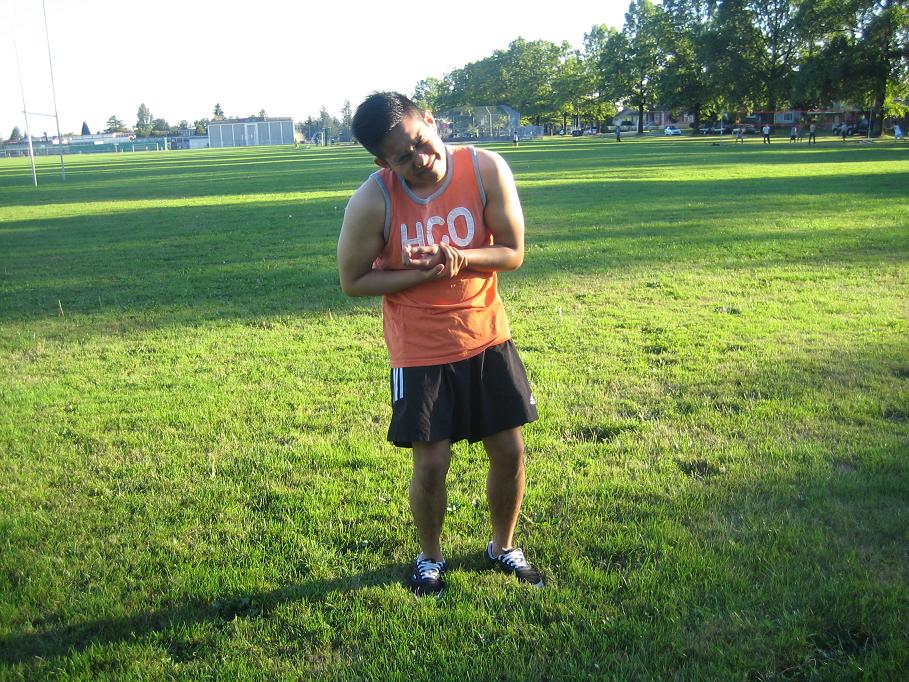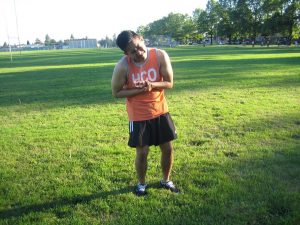Trigger finger develops due to inflammation of the hand tendons. This results to hand pain, tenderness and even deformity. The condition can limit the movement of the fingers and make it difficult to straighten out the finger.
Indications of trigger finger
The early indications of trigger finger include the following:
- Lingering soreness in the base of the thumb or another finger
- Lump or bump around the base of the finger close to the palm
- Stiffness of the affected finger
- Tenderness around the base of the finger
- Snapping or clicking noise during movement
Lingering soreness in the base of the thumb or another finger
If not treated, trigger finger can progress. The advanced symptoms usually include a thumb or another finger or both that are locked in a bent or straight position. The individual is unable to uncurl the finger without utilizing the other hand in the advanced stage of the condition.
The symptoms of trigger finger are usually worse in the morning. The finger starts to relax and move easily as the day progresses.
What are the causes?
The fingers are comprised of several small-sized bones. The tendons connect these bones to the muscles. Once the muscles contract or tighten, the tendons tug on the bones to move the fingers.
The long tendons extend from the forearm up to the muscles and bones in the hands. These tendons glide through a sheath which serves as a tunnel for the tendon. In case the tunnel constricts, the tendon will not move easily.
Once the tendon slides via the constricted sheath, it becomes irritated and swollen. Movement becomes significantly difficult and the inflammation can trigger the development of a bump that further limits movements. This can cause the finger to stay in a bent position and hard to straighten it.
Management
The treatment mainly depends on the severity of the symptoms. The home remedies include the following:
- Taking a break from repetitive activities for 4-6 weeks
- Apply heat or cold to minimize the swelling
- Wear a brace or splint to limit movement and allow the hand to rest
- Place the hand in a basin with warm water a number of times throughout the day to allow the muscles and tendons to relax
- Gently stretch the fingers to improve their range of motion
Medications
The medications that can be used to alleviate the inflammation include anti-inflammatory medications such as naproxen, ibuprofen and prescription anti-inflammatories. In some cases, steroid injections are also given.
Surgical intervention
In case home remedies and medications are not effective, the doctor might recommend surgery which is performed on an outpatient basis. After anesthesia is administered, the surgeon creates a small-sized incision in the palm and slices the tight tendon sheath.
As the tendon sheath recovers, the area becomes loose to help the finger move easily. The recovery can take several weeks up to 6 months. The doctor might recommend physical therapy to alleviate post-surgical stiffness but it is not usually needed.
Generally, once the doctor frees the affected tendon sheath, the tendon can freely move and the individual can resume his/her normal activities within a few days. The sutures are removed in 7-14 days.


